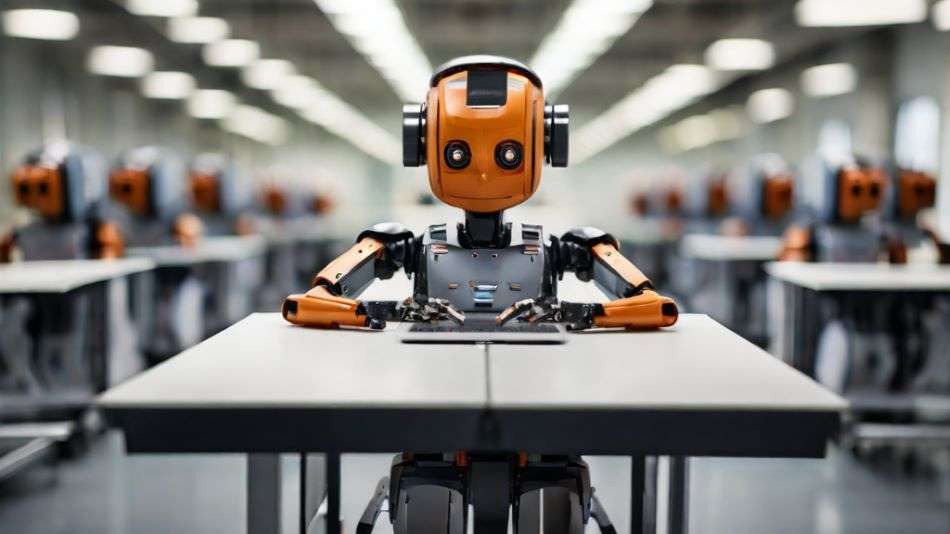Generative AI – The solution for the boring, repetitive, back office tasks

Generative artificial intelligence (AI) is set to take over the world, and Bloomberg predicts it will become a $3.2 trillion market in the next ten years. Generative AI continues to prove its mettle in daily life, and corporations are beginning to maximize its potential in the workplace.
As we’ve discussed in our Generative AI for Top-Tier Management post, this technology is an advanced AI form that uses existing data for learning to create new text, images, audio, video, and more. Because of its ability to make content more quickly and on a larger scale, generative AI also has the power to optimize and streamline tedious back-office processes. Here are a few potential use cases for small and large businesses to consider:
Revenue Accounting
According to a survey by SCORE, up to 82% of small businesses shut their doors for good due to poor cash flow management. Data that is improperly organized or not completely recorded can result in discrepancies by the end of the fiscal year.
However, according to Tom Zauli, senior vice president and general manager of Softrax, generative AI, by its nature, can cut through the complexities of operational work, particularly in adhering to compliance standards. The software’s unique system leverages these automation capabilities to support complex billing and revenue recognition, advancing back-office functionality toward continuous accounting.
Complete back-office automation may seem out of reach for many finance departments, but integrating generative AI tools is a critical future-proofing solution, sidestepping the need for handwritten accounting and other tasks prone to human error.
Organizing Data
As businesses across industries undergo internal workflow transformations, their most significant obstacle is working with massive amounts of undigitized paperwork. This is something that even large government entities struggle with, let alone small and medium enterprises (SMEs). For example, CNN reporter Katie Lobosco notes that the IRS has over 1 billion historical documents nationwide. Businesses that employ a similar record-keeping system for forms, contracts, and correspondence may be hemorrhaging money on the manpower needed to search for, analyze, and process data manually.
This is where generative AI for back office tasks could step in; combined with optical character recognition, it could automate information extraction and subsequent digitization. From here, the AI could sift for relevant data and populate spreadsheets or create reports on demand. According to a Quocirca report, 22% of organizations are targeting completely paperless operations for 2024, highlighting the crucial role of generative AI in these data synthesis efforts.
Communication Automation
A report by the McKinsey Global Institute uncovered that almost 70% of workers believe automation can reduce time spent on repetitive tasks – tasks that nearly 40% spend at least a quarter of their work week on. Addressing common internal or customer service queries, in particular, takes up precious productivity hours that could be used for strategic, value-adding work.
Generative AI can minimize or eliminate unnecessary communications in two ways. Internally, it can send automated updates regarding ongoing projects or schedule meetings with coworkers. The broadest use case is customer support: as the technology can provide 24-hour responses in various languages or troubleshoot recurring issues and overall improve customer satisfaction. Regarding workflow optimization with suppliers and third parties, generative AI can work off existing transaction data and create documents from pre-assembled templates.

With proven and tested applications in use and emerging applications showing promise, generative AI can be an efficient and cost-saving tool in transforming business operations. By streamlining revenue accounting, organizing data, and automating communications, the technology frees the workforce for tasks relevant to their skill set and expertise.
How do you implement Generative AI in your business operations? Let us know what you would like to explore and we will do our best to help you on finding the right approach. Explore more articles from Tech Pilot on how Gen AI can support your digital transformation.




